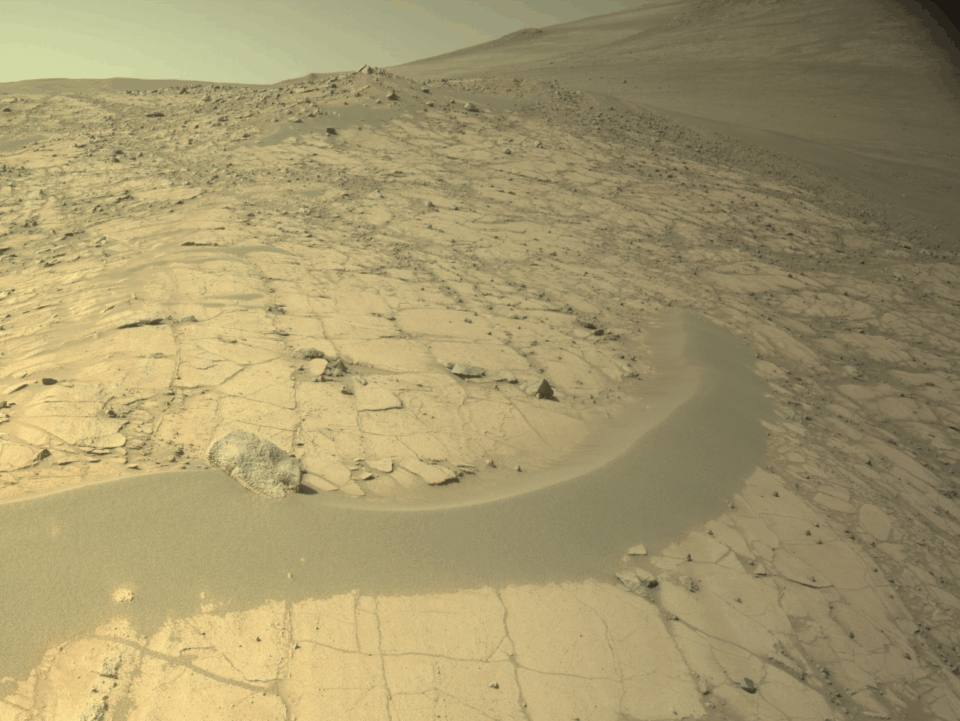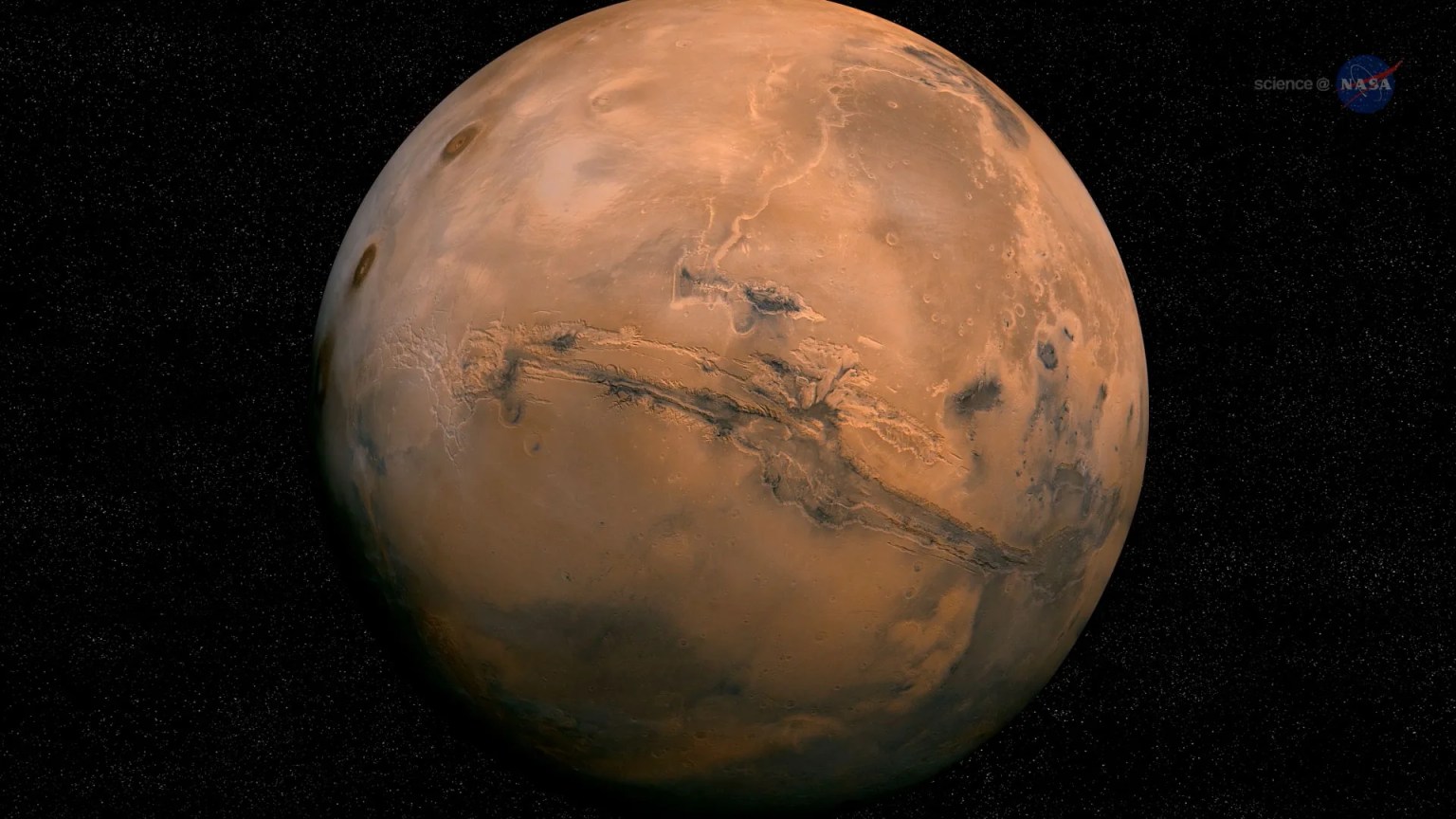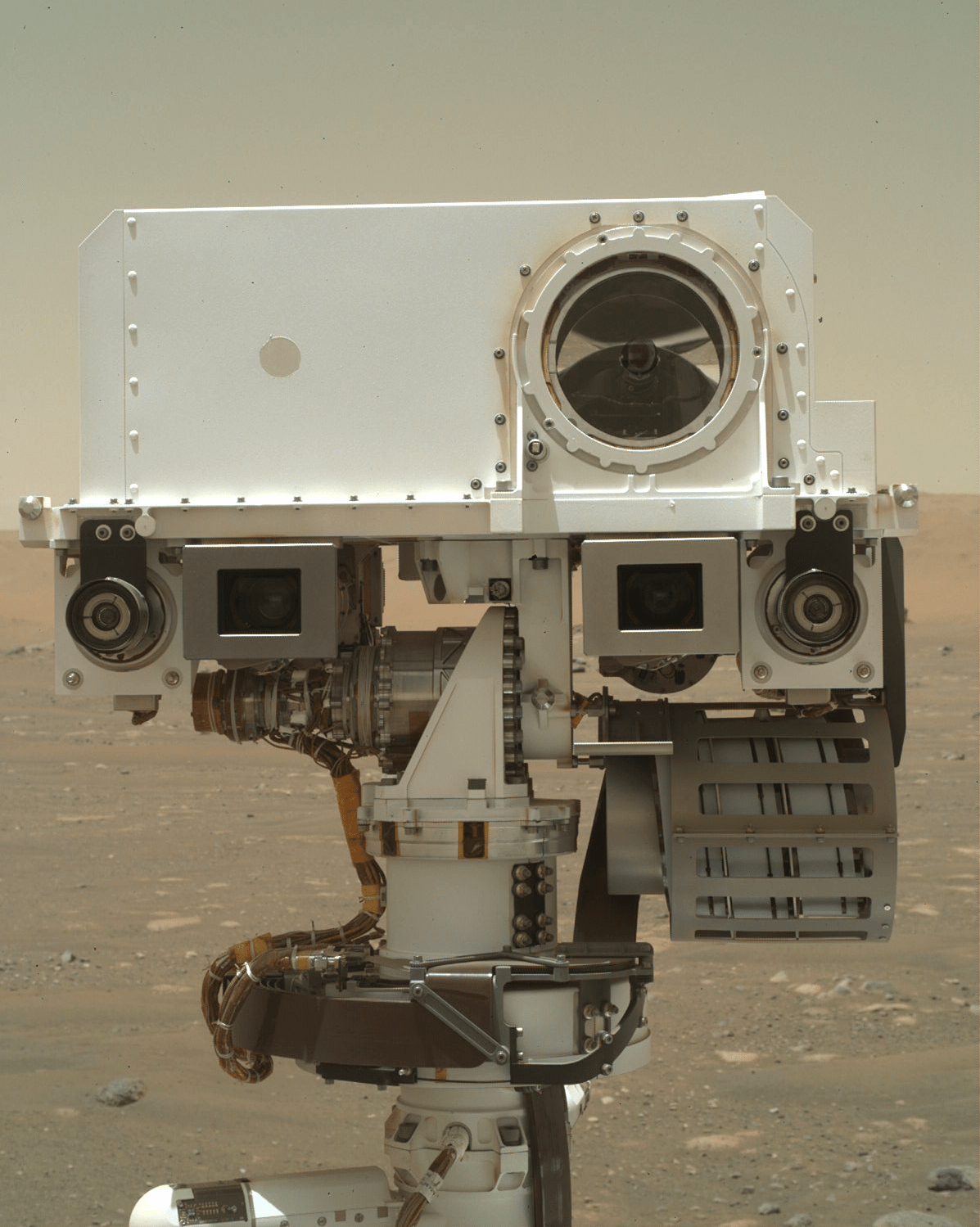2 min read
Searching for Ancient Rocks in the ‘Forlandet’ Flats

Written by Henry Manelski, Ph.D. student at Purdue University
This week Perseverance continued its gradual descent into the relatively flat terrain outside of Jezero Crater. In this area, the science team expects to find rocks that could be among the oldest ever observed by the Perseverance rover — and perhaps any rover to have explored the surface of Mars — presenting a unique opportunity to understand Mars’ ancient past. Perseverance is now parked at “Fallbreen,” a light-toned bedrock exposure that the science team hopes to compare to the nearby olivine-bearing outcrop at “Copper Cove.” This could be a glimpse of the geologic unit rich in olivine and carbonate that stretches hundreds of kilometers to the west of Jezero Crater. Gaining insight into how these rocks formed could have profound implications for our constantly evolving knowledge of this region’s history. Perseverance’s recent traverses marked another notable transition. After rolling past Copper Cove, Perseverance entered the “Forlandet” quadrangle, a 1.2-square-kilometer (about 0.46 square mile, or 297-acre) area along the edge of the crater that the science team named after Forlandet National Park on the Norwegian archipelago of Svalbard. Discovered in the late 16th century by Dutch explorers, this icy set of islands captured the imagination of a generation of sailors searching for the Northwest Passage. While Perseverance is in the Forlandet quad, landforms and rock targets will be named informally after sites in and around this national park on Earth. As the rover navigates through its own narrow passes in the spirit of discovery, driving around sand dunes and breezing past buttes, we hope it channels the perseverance of the explorers who once gave these rocks their names.











